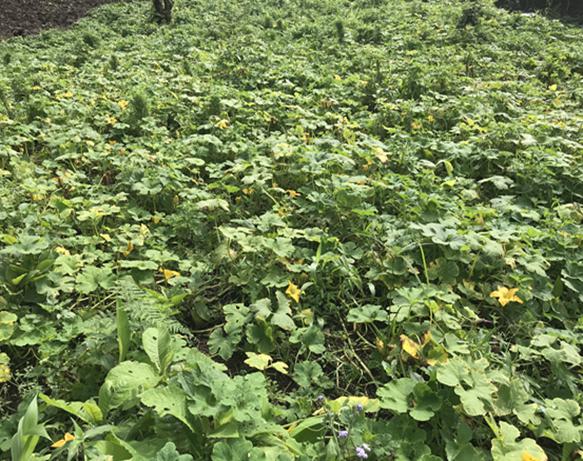Scholastica Dickson Mbinile
The Kipunji (Rungwecebus kipunji) is a critically endangered monkey and endemic to the southern highlands of Tanzania. It was discovered in 2005 and the population is decreasing according to IUCN Red List. Rungwecebus kipunji was included in the list of "The World's 25 Most Endangered Primates" in 2006 and 2008. Different studies have been conducted to study ecology, feeding habitat and origin of the Kipunji while little information is available about the current distribution of the species, threats, and community awareness on the existence of the species, particularly since 2009, when the area was upgraded as a Nature Reserve. This study therefore aims at mapping the current distribution patterns of the species, to assess the threats, community awareness and create conservation awareness among community members. This study will contribute to the conservation efforts by informing the conservation stakeholders on what has been so far achieved after upgrading the forest.

The Kipunji (Rungwecebus kipunji) is a critically endangered monkey and endemic to southern highlands of Tanzania which was discovered in 2005. The R. kipunji population is decreasing according to IUCN Red List and the species was included in the list of "The World's 25 Most Endangered Primates" in 2006 and 2008. Rungwe-Livingstone forests have been poorly managed leading to heavy fragmentation and loss of biodiversity. Although the mountains accommodate almost 93% of the kipunji population, the mountains have been severely degraded due to unmanaged resource extraction activities conducted by community members such as change in land use for agriculture, charcoal burning, hunting and logging (Davenport et al., 2005, 2006).
In order to secure population of Kipunji and improve conservation, Mount Rungwe forests was upgraded as nature forest reserve in 2009 (Bracebridge et al., 2011). According to IUCN, Kipunji is being used as a 'flagship species' by WCS's long-term Southern Highlands Conservation Program in and around Rungwe-Livingstone, especially in education and awareness raising activities, and as part of a long-term monitoring programme (IUCN, 2019). It is further documented that education and awareness (formal education, training, awareness and communications) are the needed conservation actions to be implemented (IUCN, 2019).
This study therefore, aims at mapping the current distribution patterns of the species, to assess the threats, community awareness and create conservation awareness among community who also have shown to play a big role on the influence of Kipunji existence. The results obtained from this study will contribute to the conservation efforts and will also inform the conservation stakeholders on what has been so far achieved after the upgrade of the forest in relation to the influence of Kipunji conservation. The map showing the distribution of the R. kipunji will provides information to researchers, policymakers and other people on the distribution status of the R. kipunji for conservation purposes. The documentation on the threats will guide conservationists a way forward on conserving R. kipunji. The information in this study will also lay a foundation for further research on R. kipunji and will also be used by policymakers in advocacy primates’ conservation programs. The study will also help to raise conservation awareness among communities around mount Rungwe-Livingstone forests through outreach programs and capacity building.